How to Make Fermented Hot Sauce: A Step-By-Step Guide
Sep 03, 2023 By Cassandra Bailey
Any food may benefit from the flavorful kick that fermented hot sauce adds since it is both tasty and good for you. Fermented hot sauces are generated differently from traditional hot sauces, formed by enabling helpful bacteria to break down the peppers and other vegetables included in the sauce while fermented.
Traditional hot sauces are prepared by boiling chiles, vinegar, and other ingredients. This process gives the sauce its signature tangy flavor and has several positive effects on the body's overall health. Using fermented hot sauce, loaded with probiotics, has been shown to promote gut health and immune function.
Additionally, the fermentation process helps maintain the pepper's natural components, making those nutrients more readily available to the body. Creating your hot sauce is a talent and a taste worth adding to your kitchen cupboard. Indulge in it, or add some heat to your favorite dishes by making spicy sauce.
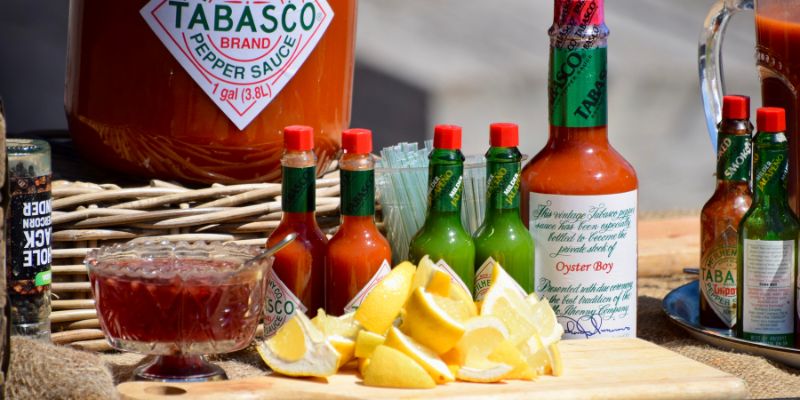
Lacto Fermentation
Lacto fermentation is a method of preserving food used for millennia. It is a good method of preserving foods since it not only lengthens the shelf life of the foods but also results in the creation of delicious meals high in probiotics. Foods that have been lacto-fermented include examples such as sauerkraut, kimchi, and pickles.
This method of food preservation works by stimulating the growth of lactobacillus bacteria, which are good for you. These beneficial bacteria create lactic acid, inhibiting the growth of pathogenic bacteria, and are responsible for the distinctively sour flavor characteristic of fermented foods.
Heat, harsh chemicals, or artificial preservatives are not required in lacto fermentation, making it an ideal method for preserving food. Lacto fermentation is a process that, in addition to preserving food, can boost the meal's nutritional value and make it simpler to digest. As a consequence of this, a lot of individuals conclude that including fermented foods in their diet is a smart move.
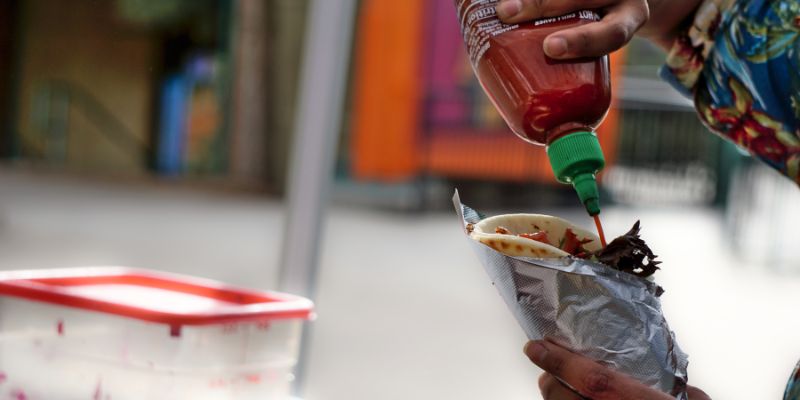
Best Fermented Hot Sauce Recipe
Fermented hot sauce is quite versatile in terms of flavor. Hot peppers may be reduced by subbing with onions, carrots, or fruit. Furthermore, vinegar or lemon juice is often used as an acidic component in spicy sauces. While 1 Tbsp of vinegar added after fermentation is unnecessary, it might be enjoyed by those who want a more acidic hot sauce.
INGREDIENTS:
- 1 Tbsp salt
- 3 cloves of garlic
- 2 Tbsp of water
- 1 1/2 lb (750g) cup of hot peppers and other vegetables or 3 1/2 cups of Fruits
METHOD:
STEP 1:
Common ingredients for hot sauce are chili peppers, garlic, and onions; however, sometimes only chili peppers are used. You may use any tastes you choose, though. Some of our favorite pairings are listed up there.
STEP 2:
Chop the garlic and veggies finely. To get the smoothest consistency, add the salt and continue to process.
STEP 3:
Get a quart-sized (1L) jar and scrape in the pureed spicy sauce. It may be necessary to add a little water to submerge the veggies, depending on the specifics of the vegetable combination. Use a ziptop bag filled with water as a weight to maintain a constant liquid depth while fermenting. Using plastic bags for fermentation is generally discouraged, but in this instance, they are the ideal alternative.
STEP 4:
Leave the jar in a cool, dark place for 5-7 days to ferment.
STEP 5:
When the fermentation process is complete, strain the pulp through a fine-mesh screen, pressing hard to extract as much liquid as possible. Put the spicy sauce in a jar and the pulp in the trash.
STEP 6:
Add extra seasonings like lime juice, vinegar, or sugar now.
STEP 7:
Keep spicy sauce in the fridge for up to six months before using, and milder sauces for no more than a month.
Which Peppers To Use For Spiciness?
The exact proportions of these ingredients are up to you. Use spicier peppers like scotch bonnets or ghost peppers to get the spiciness that suits your taste. Make a milder hot sauce by combining spicy and sweet peppers to keep your taste receptors intact.
You may find some excellent chili pepper heat scales on the internet. Blending a single giant bell pepper with hot pencil peppers is an option. While hotter than jalapenos, pencil peppers aren't as fiery as scotch bonnets. They have a similar Scoville heat level as Thai chilies.
However stupid as it may sound, one thing to consider is the color mixing as we eat with our eyes and lips. Mixed colors, such as green chilies and red bell peppers, will create a brown sauce, which may be unattractive to you, so keep that in mind as we puree the ingredients in a blender after the fermentation procedure.
Fermented Hot Sauce Vs Unfermented
Fermented hot sauce is preserved with the assistance of living organisms, giving it a distinct flavor and lasting longer than conventional hot sauce. Hot sauce with a distinct flavor and lively kick is the product of a fermenting procedure that brings out the peppers' inherent qualities.
In fermented hot sauce, the flavoring bacteria survive the blending process and the subsequent refrigeration to continue adding complexity to the sauce because fermentation is slowed considerably but not stopped altogether at low temperatures, meaning that the taste will continue to develop and become more complex and satisfying over time even after being stored in the fridge.
The spiciness of peppers may be reduced by fermentation, making them more palatable for individuals who prefer milder dishes without sacrificing their taste. Fermentation reduces the heat of peppers by degrading the capsaicin molecules responsible for their spiciness, highlighting the peppers' inherent taste.
Conclusion:
Fresh chiles are essential to this recipe. Add a lactic acid bacteria source to kickstart fermentation with frozen or dried chiles. The chilies should have their green stems removed before being stored in jars. You may empty the interior and remove the seeds for a milder end product. How to make hot sauce, defining lacto-fermented hot sauce, and how long to ferment hot sauce are all covered here.
-
 Sep 08, 2023
Sep 08, 2023Crunchy Delights: Exploring the World of Taiwanese Popcorn Chicken
Read this article to learn all about the mouthwatering Taiwanese Popcorn Chicken – from its origins to a delectable homemade recipe.
-
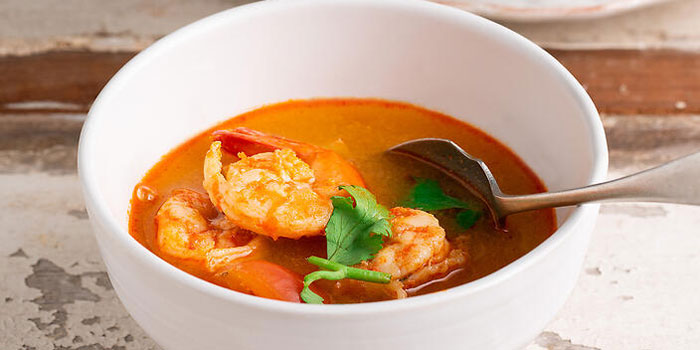 Feb 14, 2023
Feb 14, 2023Ways To Make Tom Yum Soup
Tom Yum Soup is a flavorful and warming Thai classic that is perfect for cold winter nights. With its fragrant lemongrass, kaffir lime leaves, and chilli peppers, this soup is sure to satisfy your cravings and leave you feeling satisfied. So why not give this delicious soup a try and enjoy a taste of Thailand in your own home
-
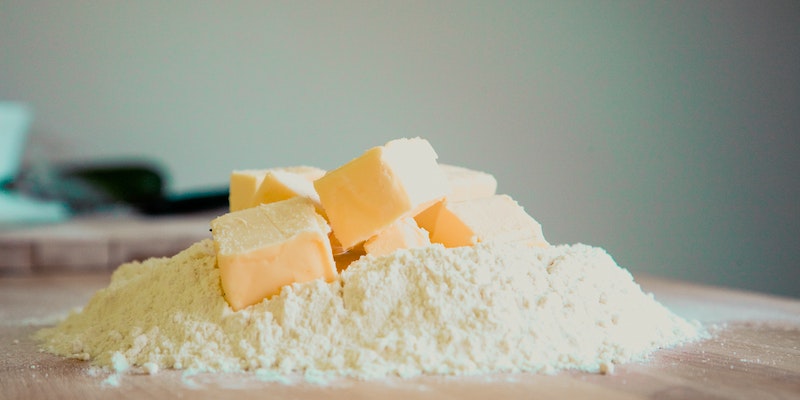 Sep 11, 2023
Sep 11, 2023Why Do We Cream Butter and Sugar for Cakes and Cookies?
Creamed butter and sugar play a crucial role in making the perfect cakes and cookies, but why? Let’s learn just how crucial they can be.
-
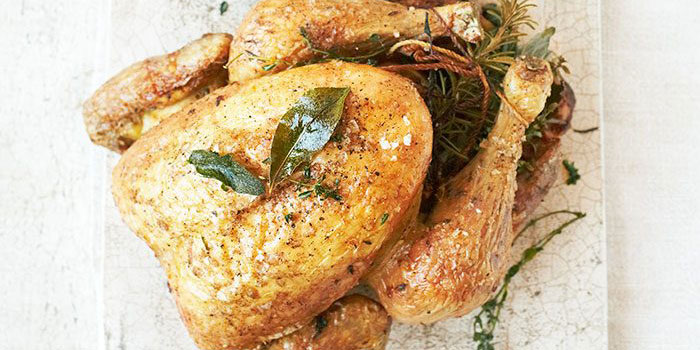 Feb 14, 2023
Feb 14, 2023Reason to buy Whole Chickens
Buying whole chickens is a cost-effective, waste-reducing, and delicious way to enjoy a variety of meal options. With the right tips and techniques, whole chickens can be incorporated into your meal plan, making the most of your ingredients and reducing waste
